Hygge is a Danish idea all about creating a warm, cozy space that feels inviting and calm. It focuses on simple things like soft lighting, blankets, and natural materials to build a relaxing atmosphere. The secret to cozy hygge is mixing comfort with a clean, simple look that makes a home feel both warm and beautiful.
People who practice hygge often use candles, warm lights, and comfy textures to make their space feel peaceful and welcoming. Natural elements like wood floors and soft fabrics play a big role in giving a room that natural, cozy vibe.
This style isn’t about clutter or bright colors—it’s about slowing down and enjoying the small, comfortable moments at home. It helps people feel happy and calm just by being in their space.
Understanding Hygge and the Essence of Coziness
Hygge is about more than just comfort; it is tied deeply to culture, mood, and everyday habits. It brings warmth to spaces and minds by focusing on simple pleasures and positive feelings. This sense of coziness helps people feel safe and connected.
Origins and Cultural Roots of Hygge
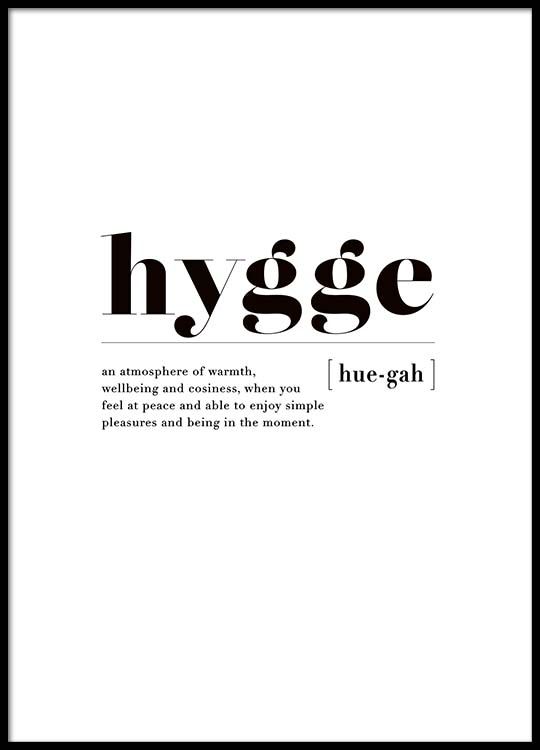
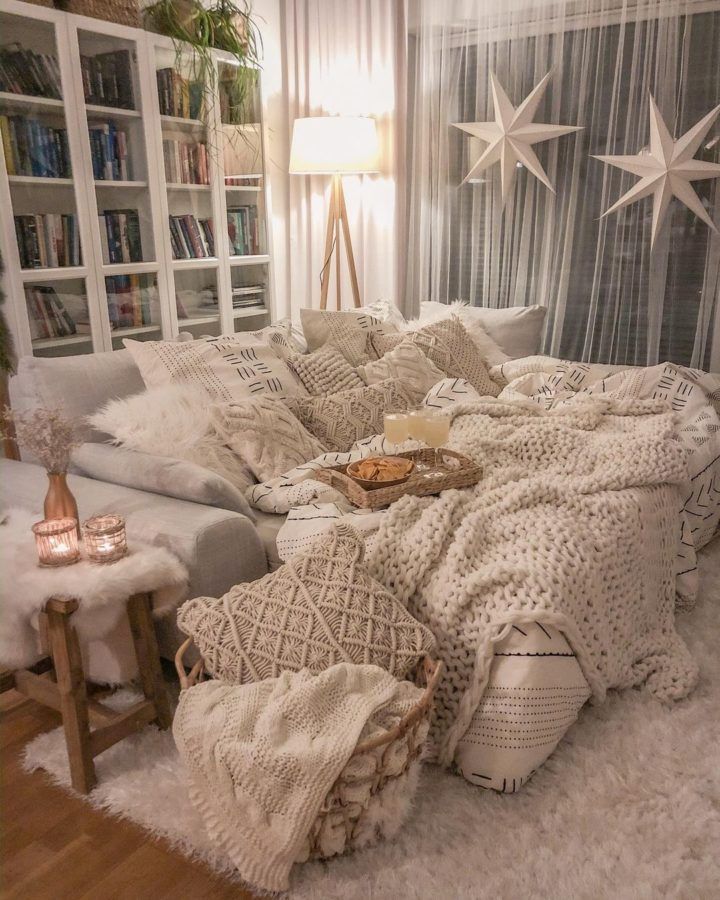
Hygge comes from Denmark and has been part of Danish life for hundreds of years. The word itself can mean a feeling of comfort or a moment that creates warmth and happiness.
It developed partly because of Denmark’s long, cold winters. People learned to find joy inside their homes by creating warm, inviting spaces.
Hygge is linked to traditions like lighting candles, enjoying simple meals, and spending time with close friends and family. It reflects a deep respect for slowing down and appreciating the small things.
The Psychological Benefits of Coziness
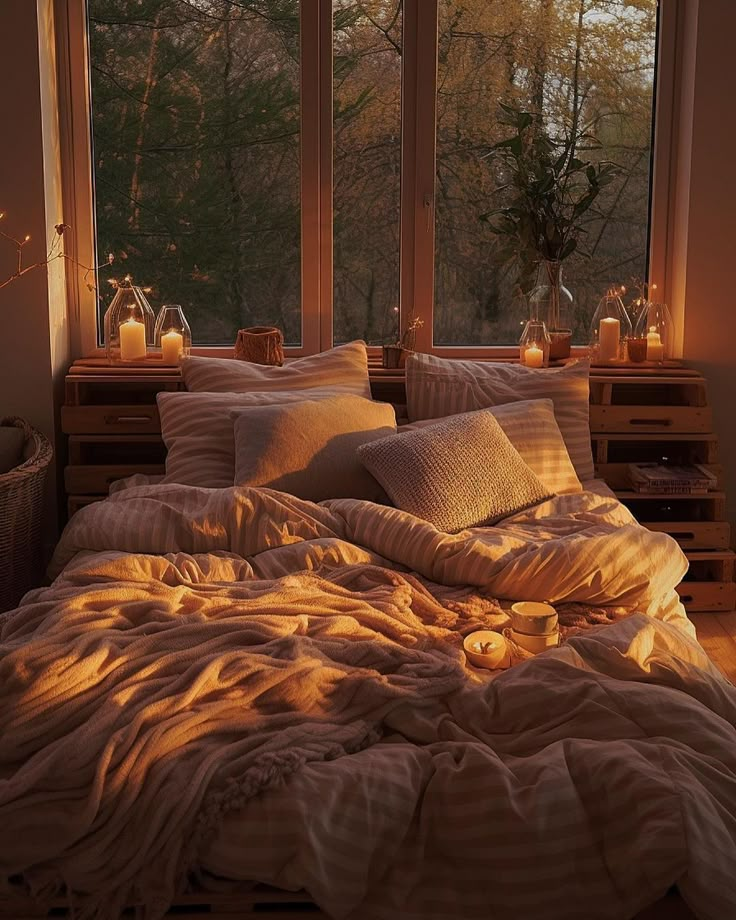
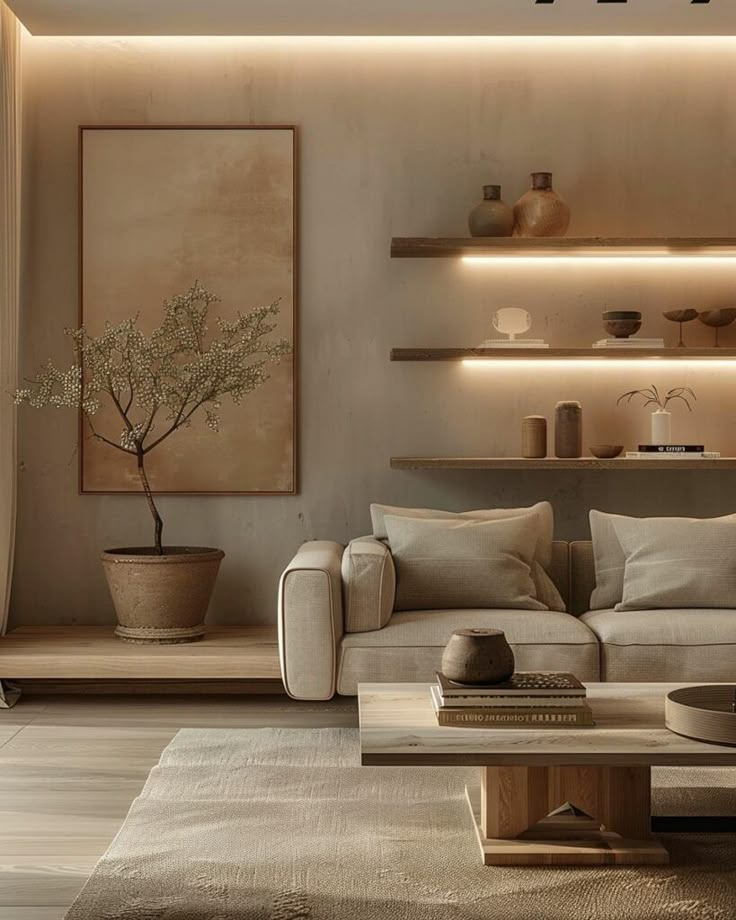
Cozy environments help reduce stress and improve mood. Being surrounded by soft textures, warm light, and calm spaces encourages relaxation and calmness.
Hygge also enhances feelings of safety and belonging. When people feel cozy, they are less anxious and more open to enjoying the moment.
This feeling has been connected to reduced heart rate and lower levels of stress hormones. It creates a mental space where people can recharge and improve overall well-being.
How Coziness Shapes Daily Living
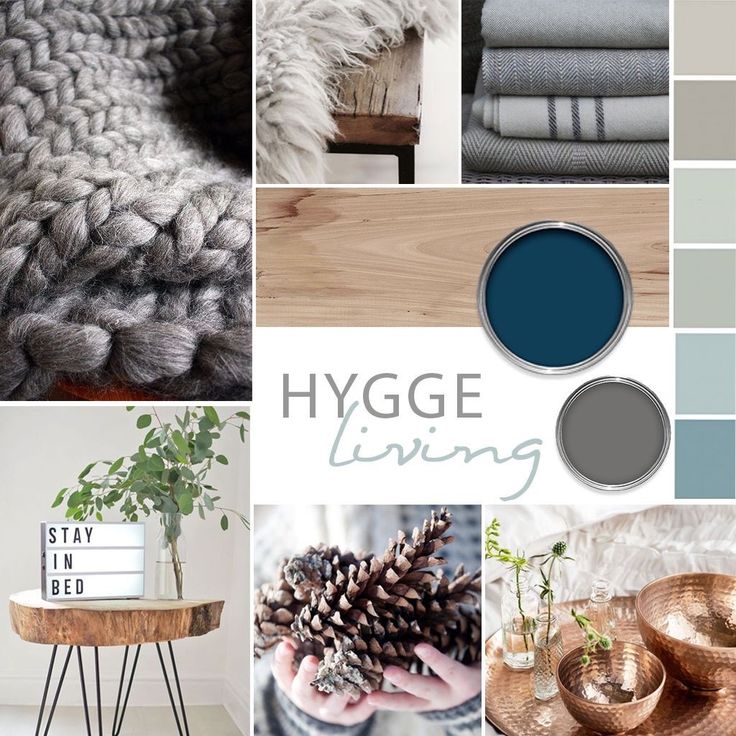
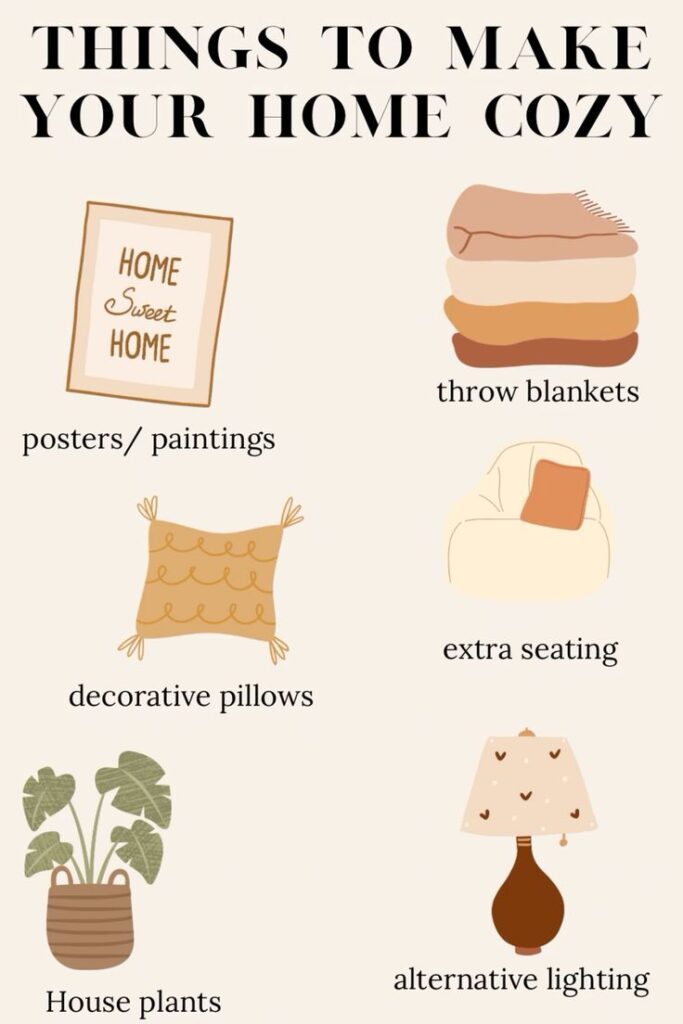
Hygge influences daily habits by encouraging people to focus on comfort and connection. Simple changes like wearing warm socks, lighting a candle, or gathering with friends can create cozy moments.
It encourages slowing down and enjoying small pleasures like drinking tea or reading a book. These actions make daily life feel more meaningful and less stressful.
Creating cozy spaces often means using soft colors, natural materials, and gentle lighting. These elements invite relaxation and help turn everyday routines into comforting rituals.
Designing a Warm and Inviting Home
Creating a cozy and welcoming home means paying attention to comfort, texture, and order. Warm colors and soft materials make the space feel safe. Keeping things simple and tidy helps the mind relax and enjoy the room.
Choosing Comfortable and Soft Furnishings
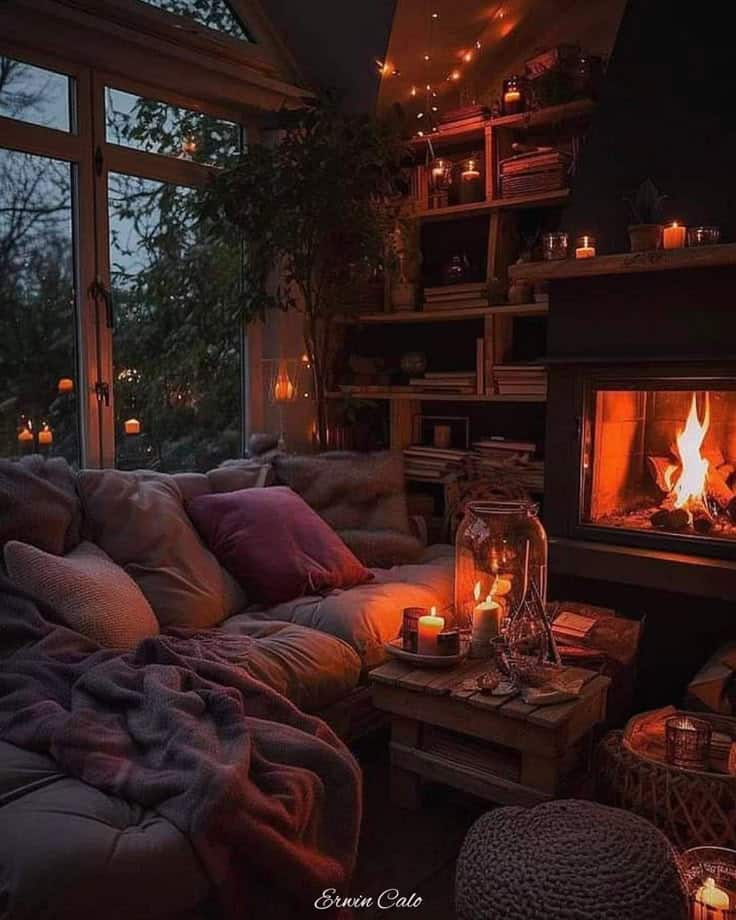
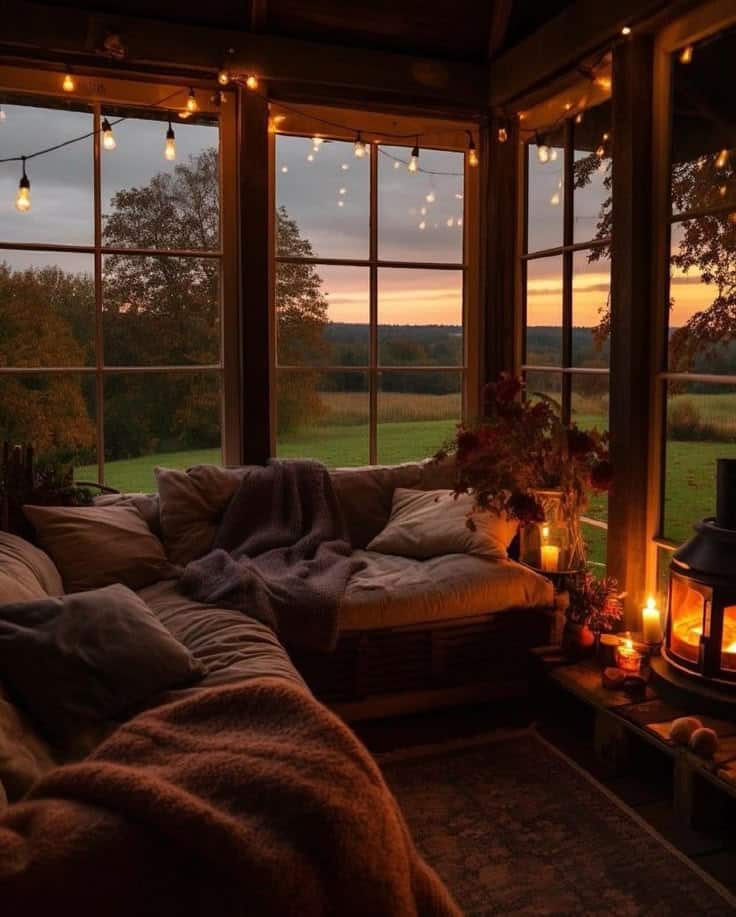
Soft and comfy furniture invites people to sit, relax, and stay. Chairs and sofas with plush cushions or thick upholstery add a sense of ease. Natural fabrics like cotton, wool, or linen feel gentle on the skin and look warm.
Blankets, pillows, and rugs also add comfort. Choose items in warm shades like beige, cream, or soft pastels to keep the space calm. A cozy armchair near a window or fireplace becomes a perfect spot to unwind.
Layering Textures for Depth and Warmth
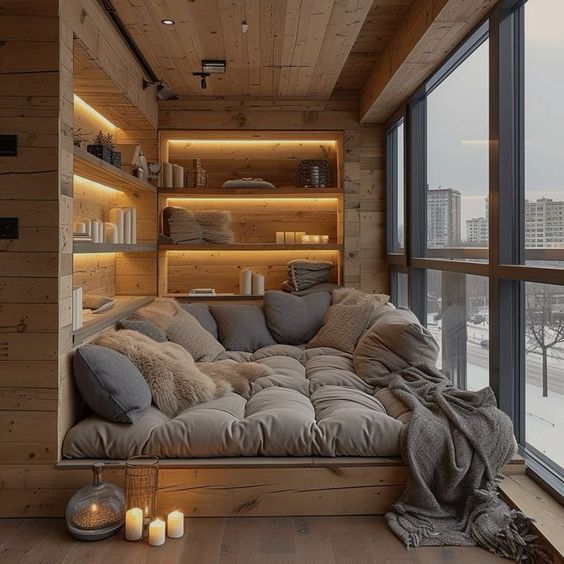
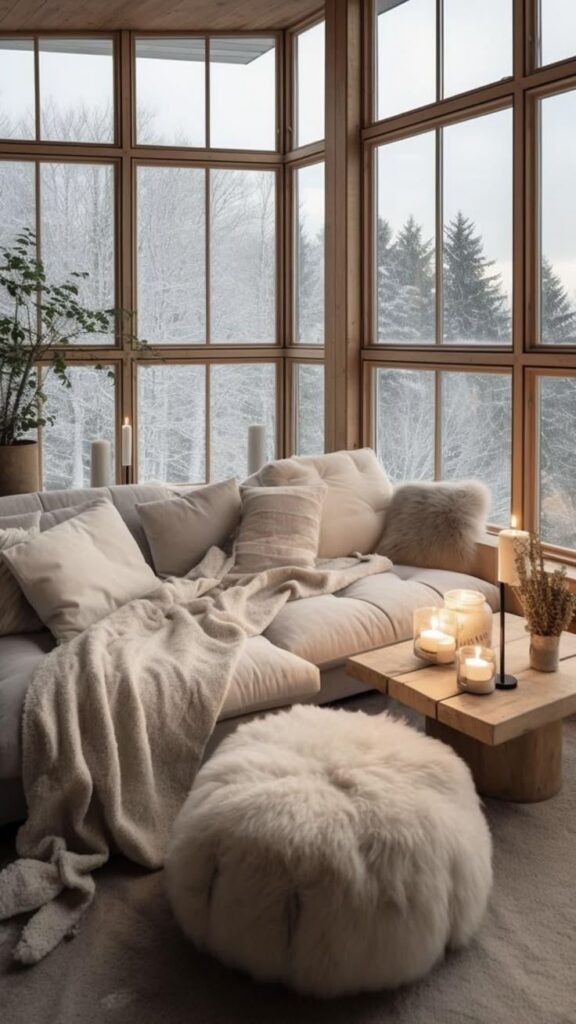
Layering different textures helps make rooms feel alive and cozy. Mixing smooth materials like wood or leather with soft ones like knits or fur creates balance. For example, a wooden coffee table with a fuzzy rug and a knitted throw adds depth.
Changing textures keeps the eye interested without cluttering the space. It’s best to pick a few textures and repeat them in different parts of the room. This creates a warm, connected look.
Decluttering to Create Calm Spaces
Clutter feels chaotic and can ruin coziness. A tidy home feels peaceful and more inviting. It helps the mind rest and focus on comfort.
Using smart storage like baskets, shelves, or closed cabinets keeps things out of sight. Keeping surfaces clear and only displaying a few special objects helps create calm. People feel better in spaces that are clean and organized.
Creating an Aesthetic Ambiance
A warm and inviting space starts with soft lighting, gentle colors, and natural touches. These elements work together to make a room feel comfortable and visually pleasing.
Lighting Techniques for a Cozy Glow
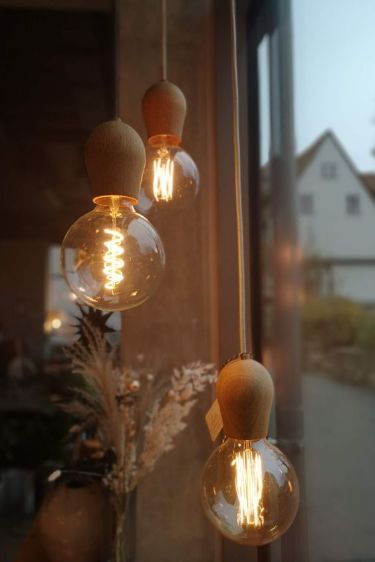
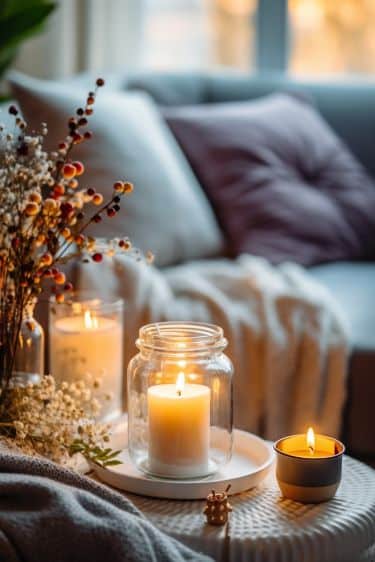
Soft, warm light is key to creating coziness. Candles are popular because they provide a gentle flicker that adds life to the room. String lights or fairy lights offer a subtle glow without being bright or harsh.
Layering different light sources helps. Table lamps, floor lamps, and candles can be combined to create depth. Avoid overhead lights that are too bright or cold. The goal is to make the space feel calm and relaxed.
Using dimmers can give control over light intensity. It lets people adjust lighting for reading, relaxing, or socializing. Warm white bulbs with tones of yellow or orange are ideal because they mimic natural light at sunset.
Color Palettes That Evoke Warmth
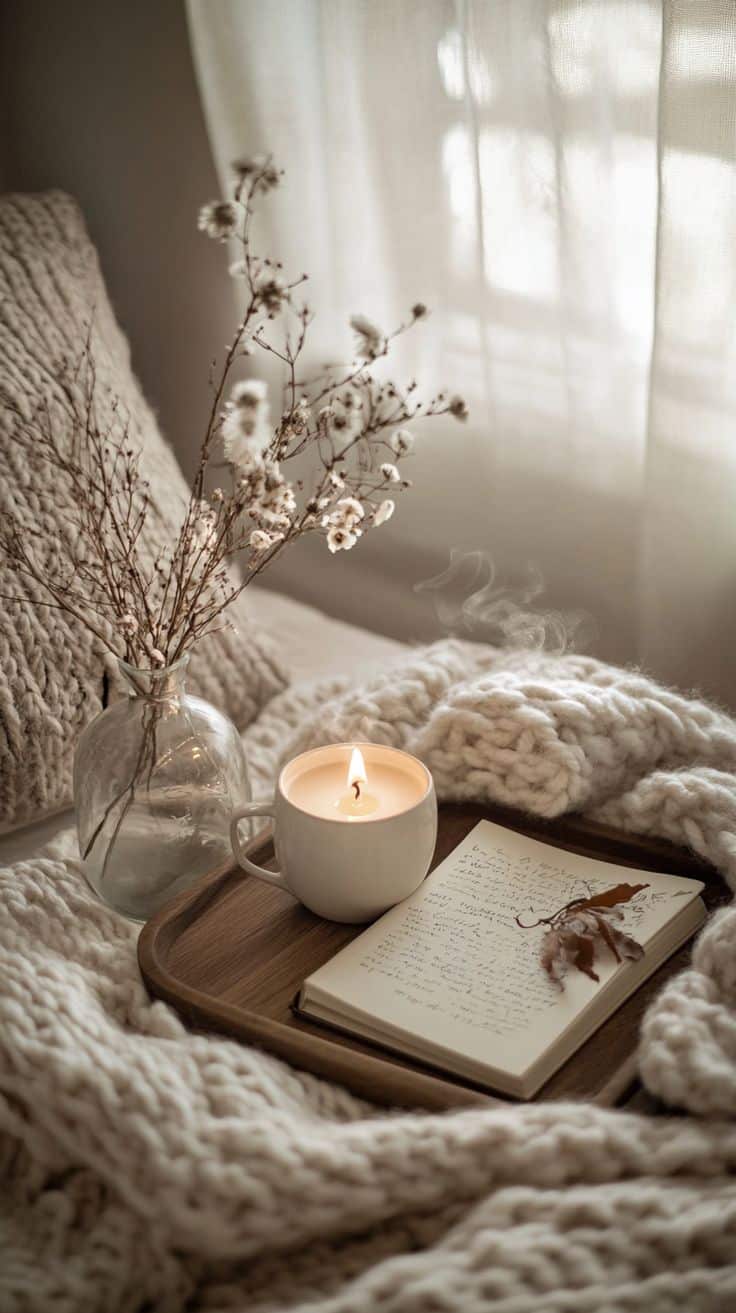
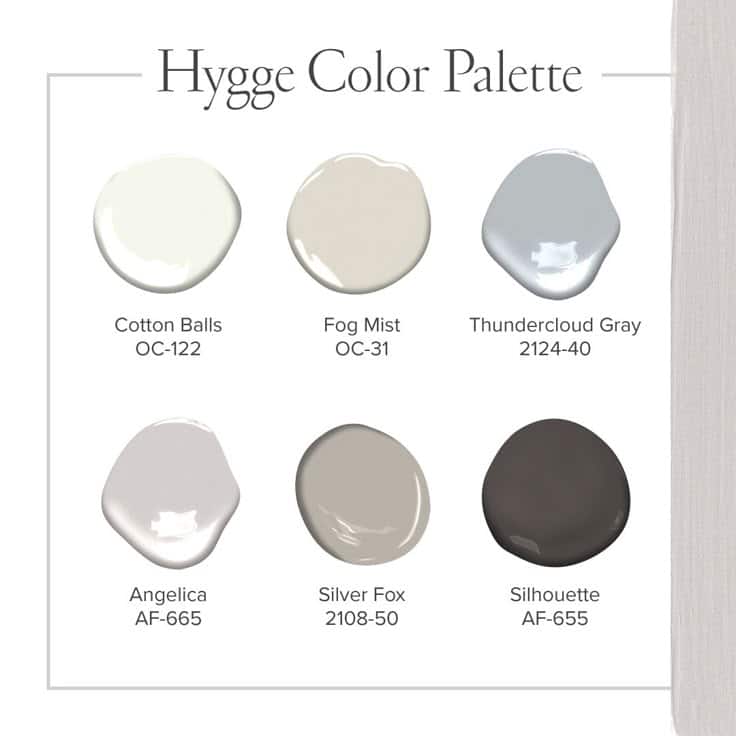
Warm colors invite comfort. Shades like soft beige, creamy white, and pale taupe form a gentle base. These colors work well on walls or larger pieces of furniture.
Adding accents in muted red, burnt orange, or mustard yellow can bring interest without overwhelming. Earth tones like olive green and warm browns also add richness to the room.
Matte finishes often look softer than shiny ones. A mix of textures can keep the space from feeling flat even if the colors are calm. Thick curtains, plush cushions, and woven rugs enhance the color scheme with tactile appeal.
Blending Nature with Interior Hygge
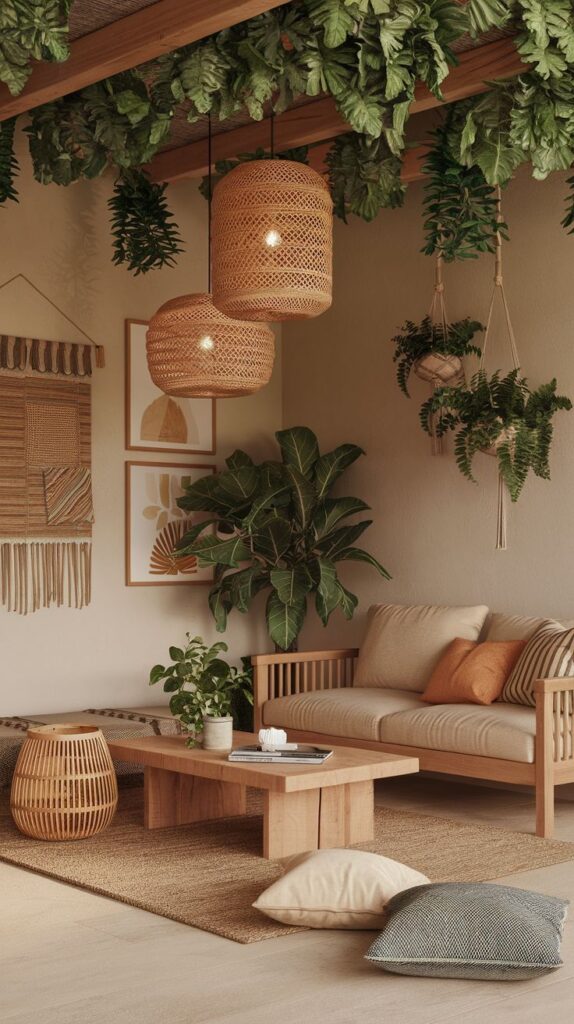
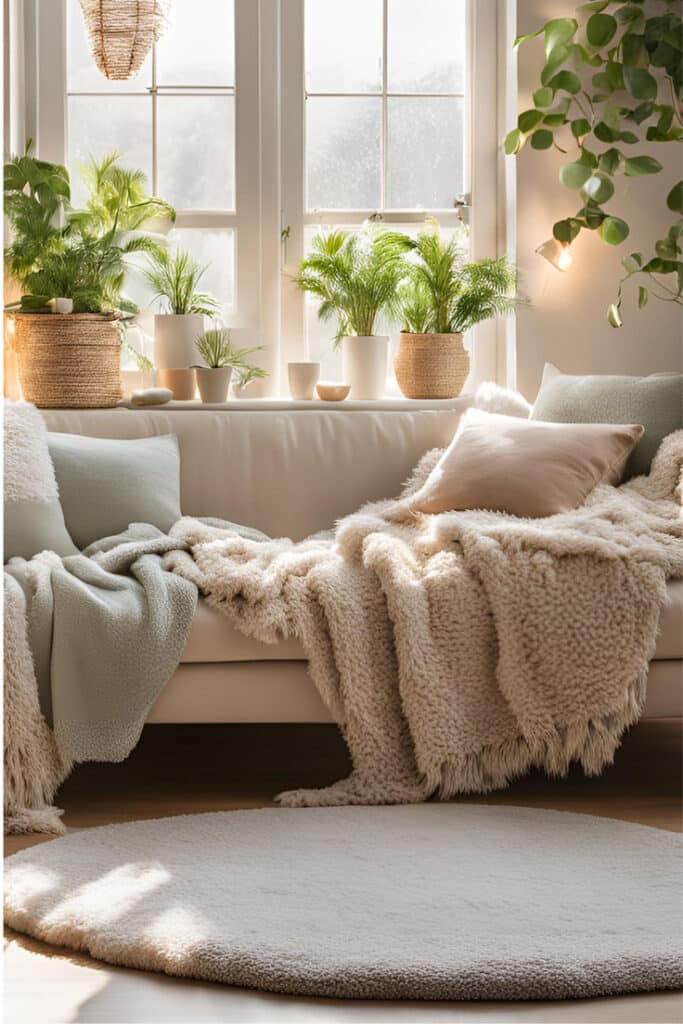
Natural materials bring life and texture indoors. Wood furniture with visible grain, stone decorations, and woven baskets all add a grounding effect. These elements connect the room with the outdoors.
Plants are great for hygge interiors. They freshen the air and introduce different shades of green. Small potted plants on shelves or larger leafy plants on the floor can soften hard edges.
Natural fabrics like cotton, wool, and linen add comfort and warmth. Using these materials in blankets, pillows, and upholstery supports a relaxed vibe inspired by nature’s simplicity.
Hygge-Inspired Decor and Personal Touches
A warm and cozy home often comes from small details that invite comfort and happiness. Light, meaningful objects, and seasonal changes can make a space feel welcoming and lived in.
Incorporating Candles and Firelight
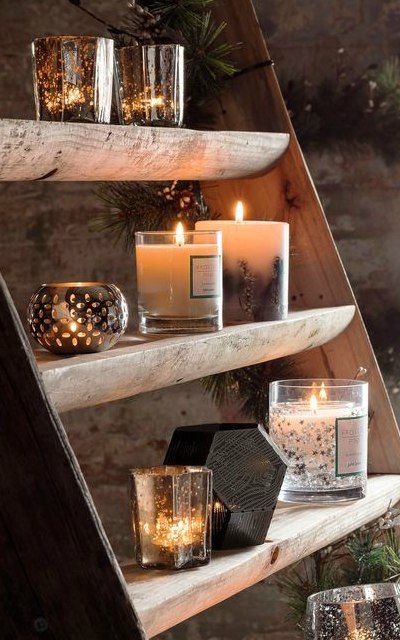
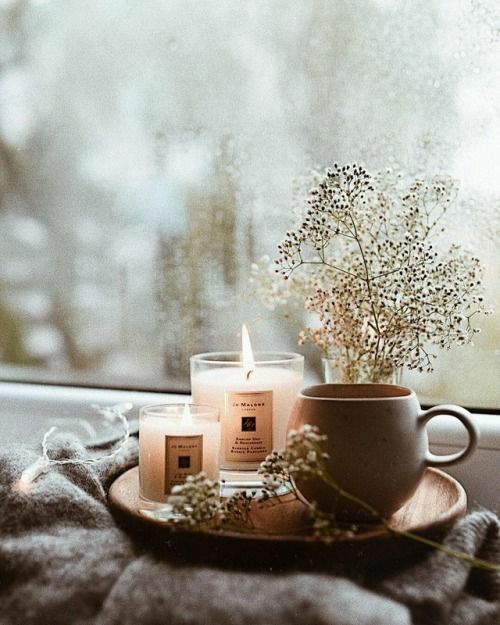
Candles are a simple way to add warmth and soft lighting to a room. Using dimmable lamps or string lights can also create a gentle glow. Fireplaces, even electric ones, add a flickering light that makes rooms feel snug and peaceful.
It is best to place candles where they are safe but visible, such as on shelves, tables, or window sills. Choose scented candles with mild natural scents like vanilla or pine for a calming effect. Mixing different candle heights and holders adds visual interest.
Displaying Personal Mementos and Handmade Items
Personal items like photos, handmade crafts, or small keepsakes make a home feel unique and inviting. They show a story and reflect personality without clutter.
Grouping these items on shelves or walls creates cozy spots that invite attention. Simple frames and natural materials like wood or clay work well for displaying these items. Handmade items often have soft textures or warm colors, contributing to a hygge look.
Seasonal Decor Ideas for Year-Round Coziness

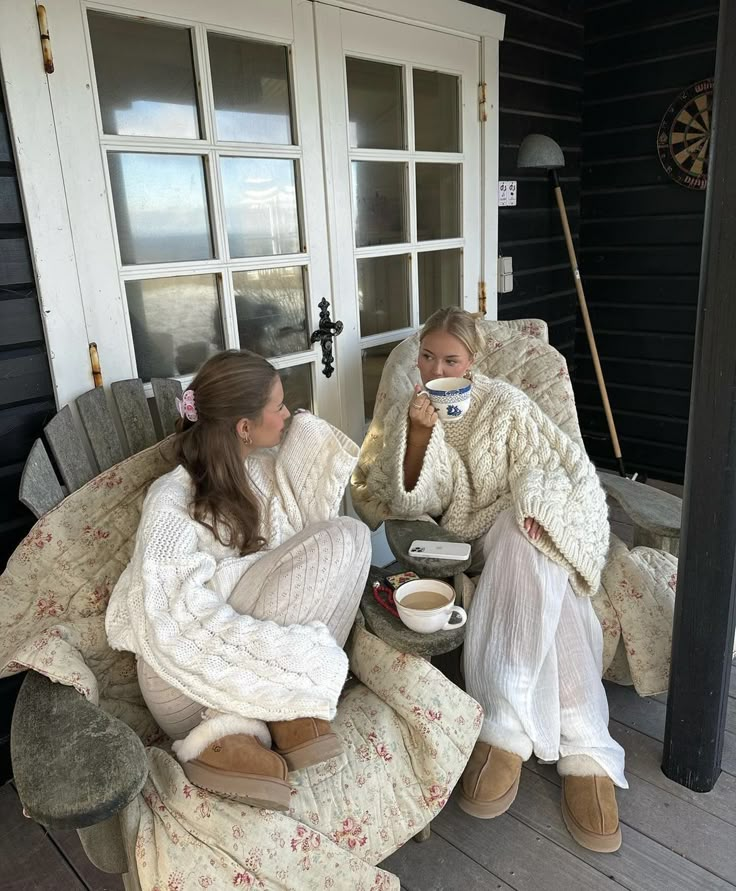
Changing decor with the seasons keeps a home feeling fresh and cozy. In winter, warm blankets, wool rugs, and pine or cinnamon accents work well. Use light fabrics and natural colors in spring, like pastels and fresh flowers.
Summer calls for light curtains, bright cushions, and airy materials. Fall decor often includes pumpkins, dried leaves, and soft textures like knitted throws. Rotating these small touches helps maintain the comfort and warmth of hygge throughout the year.
| Season | Key Decor Elements | Materials & Colors |
|---|---|---|
| Winter | Wool blankets, candles, pine | Warm tones, natural fibers |
| Spring | Fresh flowers, pastel textiles | Light fabrics, soft hues |
| Summer | Light curtains, bright cushions | Airy materials, bright colors |
| Fall | Pumpkins, knitted throws, dried leaves | Earth tones, cozy textures |
Mindful Practices to Enhance a Cozy Atmosphere
Creating a cozy space goes beyond objects and lighting. It involves habits and choices that shape how people feel daily. These practices help build calm, connection, and warmth inside the home.
Rituals for Everyday Relaxation
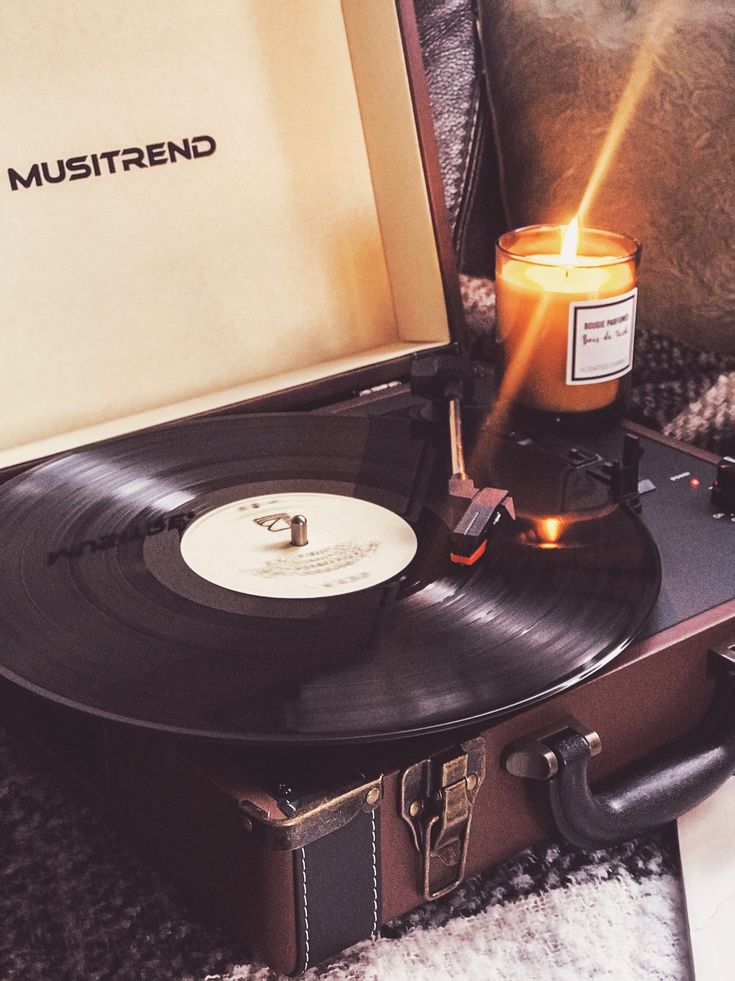
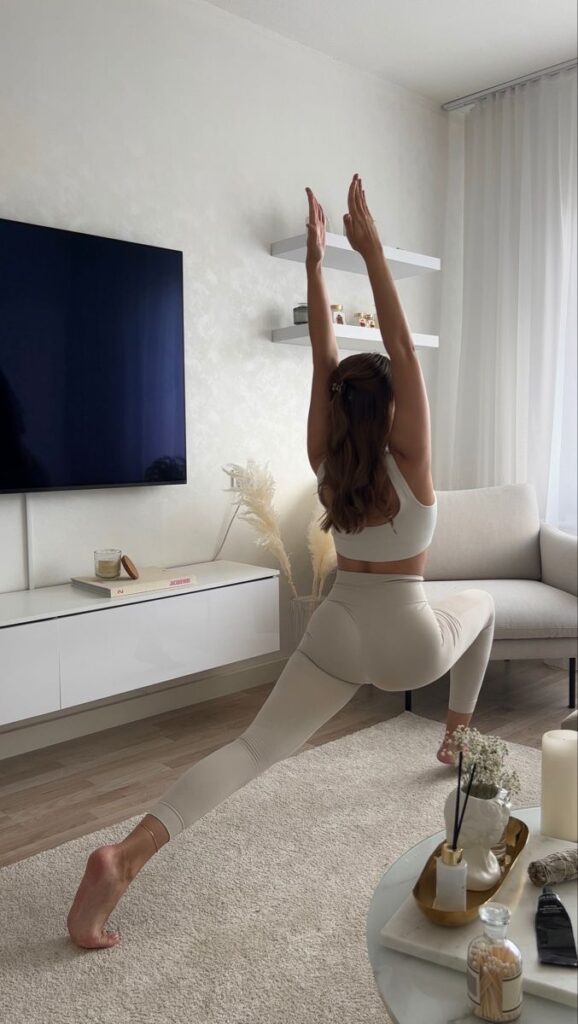
Starting with small routines can make a big difference. Lighting a candle or brewing tea each evening signals time to unwind. Soft lighting, such as lamps or fairy lights, helps create a gentle mood.
Simple actions like reading for a few minutes or listening to calm music add to the feeling of comfort. Wearing soft, loose clothes encourages relaxation. Taking quiet moments to breathe deeply or stretch also supports peace.
Key rituals include:
- Lighting candles or lamps
- Enjoying warm drinks
- Wearing comfortable clothes
- Listening to soft music
- Practicing brief breathing or stretching exercises
Social Hygge: Welcoming Friends and Family
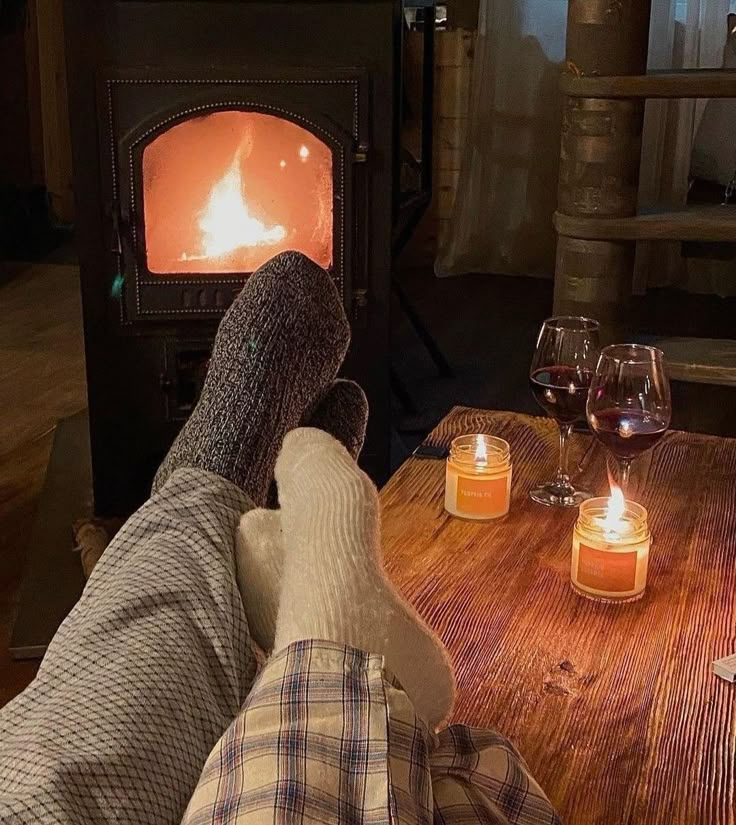
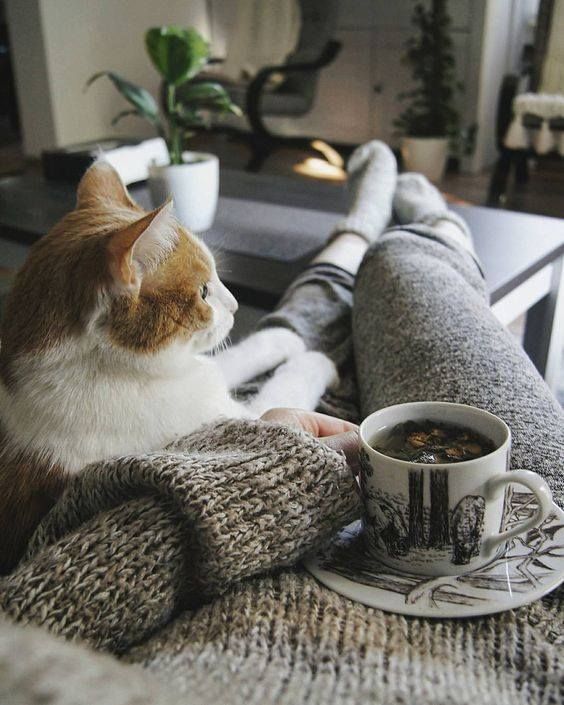
Cozy homes invite people to gather. Creating spaces where everyone feels comfortable encourages connection and joy. Soft pillows, plenty of seating, and warm blankets make guests feel at ease.
Sharing simple treats like homemade snacks or warm drinks adds a loving touch. Conversation flows naturally when the room feels inviting. Setting phones aside helps keep focus on each other.
Homes prepared for social hygge often have:
- Comfortable seating areas
- Blankets and cushions within reach
- Easy-to-share snacks and drinks
- A warm, pleasant atmosphere with soft lighting
Balancing Technology for Tranquility
Technology can disrupt a cozy vibe if not managed carefully. Creating “tech-free” zones or times helps keep peace in the household. For example, no phones at the dining table or during relaxed evening hours supports real presence.
Using screens with warm light settings reduces eye strain and maintains calm. Choosing to read a book or talk face-to-face over scrolling on devices fosters better rest and connection.
Helpful tech habits include:
- Setting specific tech-free times
- Avoiding devices in social and relaxing spaces
- Using warm screen light filters
- Prioritizing offline activities like reading or chatting
- 93shares
- Facebook0
- Pinterest93
- Twitter0


